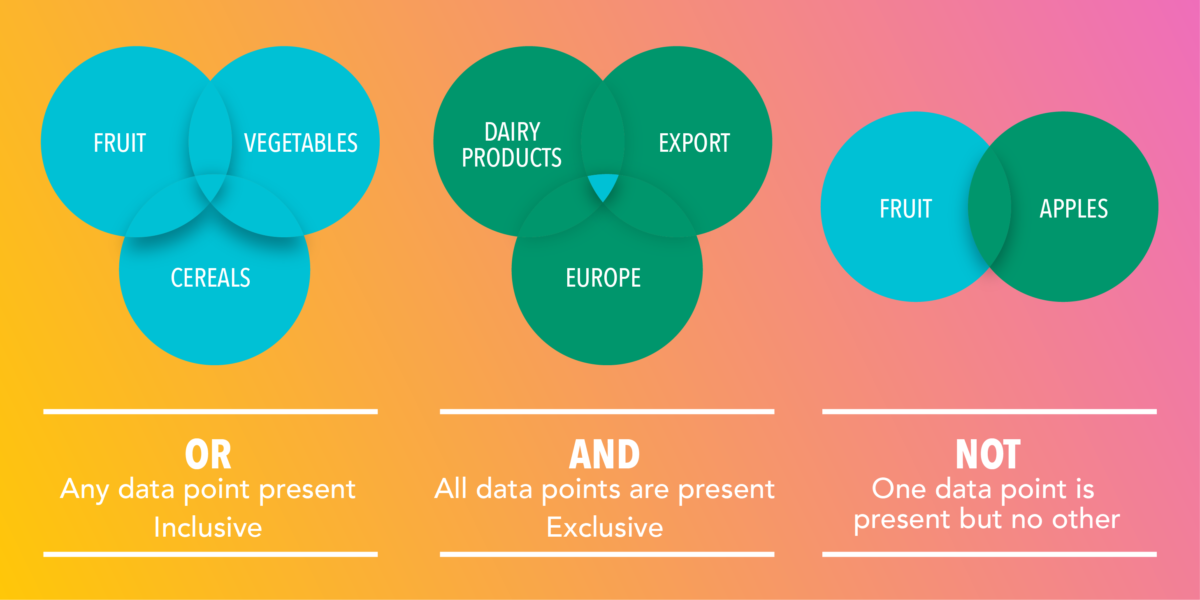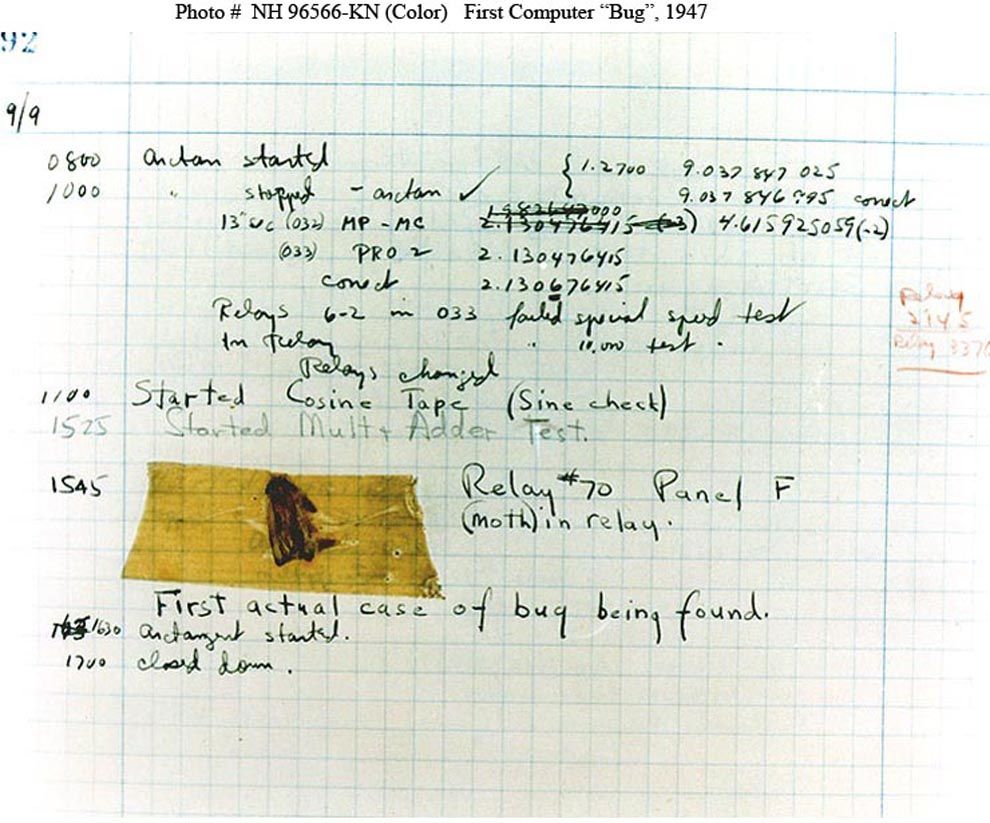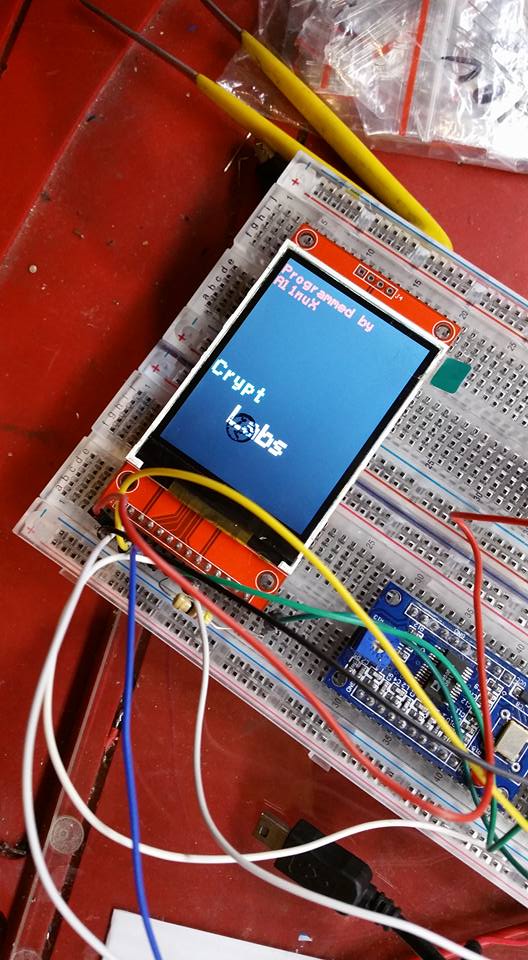
In the realm of artificial intelligence, SHRDLU stands as a pioneering example of early attempts to imbue machines with natural language understanding and reasoning capabilities. Developed by Terry Winograd in the late 1960s and early 1970s at the Massachusetts Institute of Technology (MIT), SHRDLU marked a significant milestone in the evolution of AI systems.
The Birth of SHRDLU
The name “SHRDLU” is derived from the removal of vowels from the word “Sherlock.” This name was chosen to emphasize the program’s capacity for detective-like problem solving in a simulated world.
SHRDLU operated in a block world, a simplified environment composed of various shaped blocks that could be manipulated by the program. The goal was to have SHRDLU understand natural language instructions and commands, enabling it to manipulate these virtual objects effectively.
SHRDLU was written in the Micro Planner and Lisp programming language on the DEC PDP-6 computer and a DEC graphics terminal. Later additions were made at the computer graphics labs at the University of Utah, adding a full 3D rendering of SHRDLU’s “world”.
The name SHRDLU was derived from ETAOIN SHRDLU, the arrangement of the letter keys on a Linotype machine, arranged in descending order of usage frequency in English.
Natural Language Understanding
What set SHRDLU apart from its predecessors was its ability to process natural language input. It could comprehend commands like “Put a big red block on top of the green cube,” and execute them within the simulated world. This required a sophisticated understanding of syntax, semantics, and pragmatics.
Reasoning and Inference
SHRDLU also demonstrated rudimentary reasoning abilities. It could answer questions about the state of the block world, make deductions based on available information, and even perform tasks that required planning and foresight.
For example, if asked to “Find a block which is taller than the one you are holding and put it into the box,” SHRDLU would analyze the current state of the blocks and devise a plan to fulfill the command.
Limitations and Legacy
Despite its groundbreaking nature, SHRDLU had its limitations. It operated in a highly controlled environment with a restricted vocabulary and predefined set of actions. Its natural language understanding was also limited to specific types of commands related to the block world.
However, the principles and techniques developed in the creation of SHRDLU laid the groundwork for future advancements in natural language processing and understanding. Many of the concepts and algorithms pioneered by SHRDLU continue to influence modern AI systems, particularly in the fields of semantic parsing and symbolic reasoning.
Influence on Modern AI
SHRDLU’s legacy can be seen in contemporary AI applications that involve natural language understanding and reasoning. Today, AI-powered chatbots, virtual assistants, and automated customer service systems owe a debt to SHRDLU’s early work in this domain.
In conclusion, SHRDLU stands as a landmark achievement in the history of artificial intelligence. Its ability to understand and manipulate objects in a simulated world based on natural language commands paved the way for subsequent developments in language understanding and reasoning. While limited in scope, SHRDLU’s impact on the field of AI continues to reverberate through modern applications of natural language processing and symbolic reasoning.








